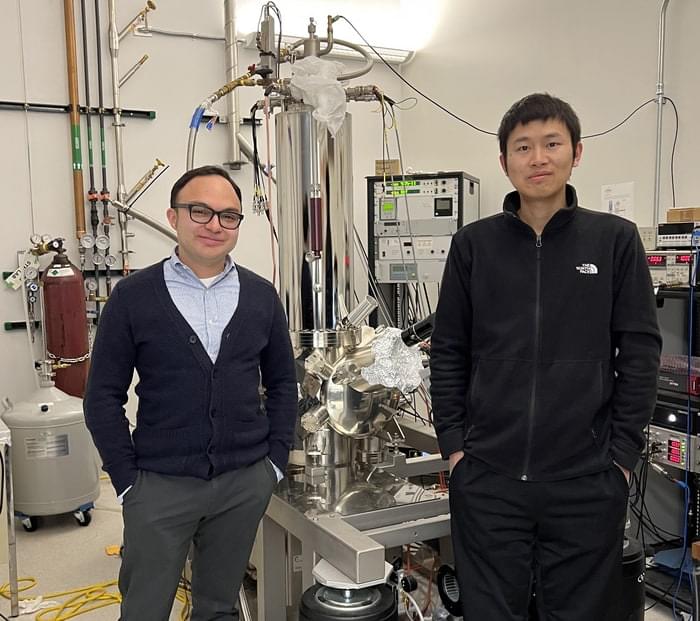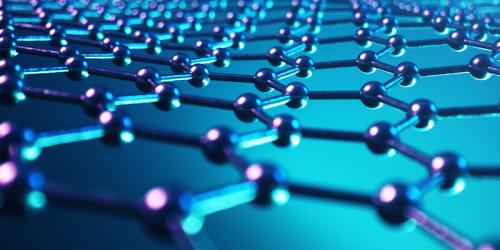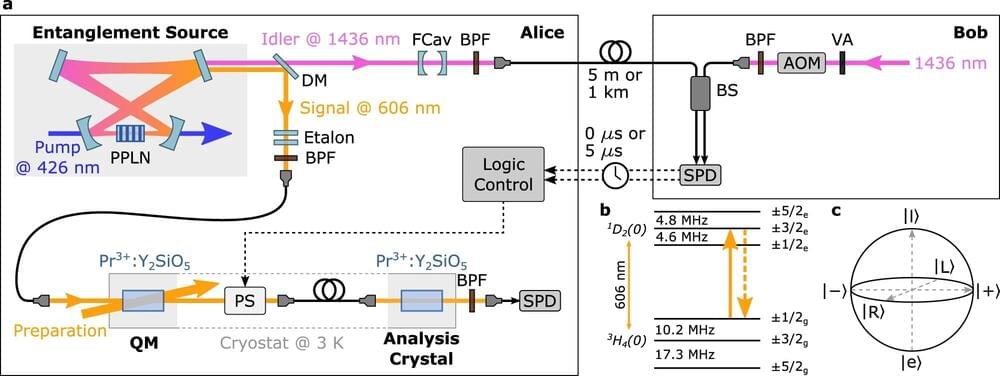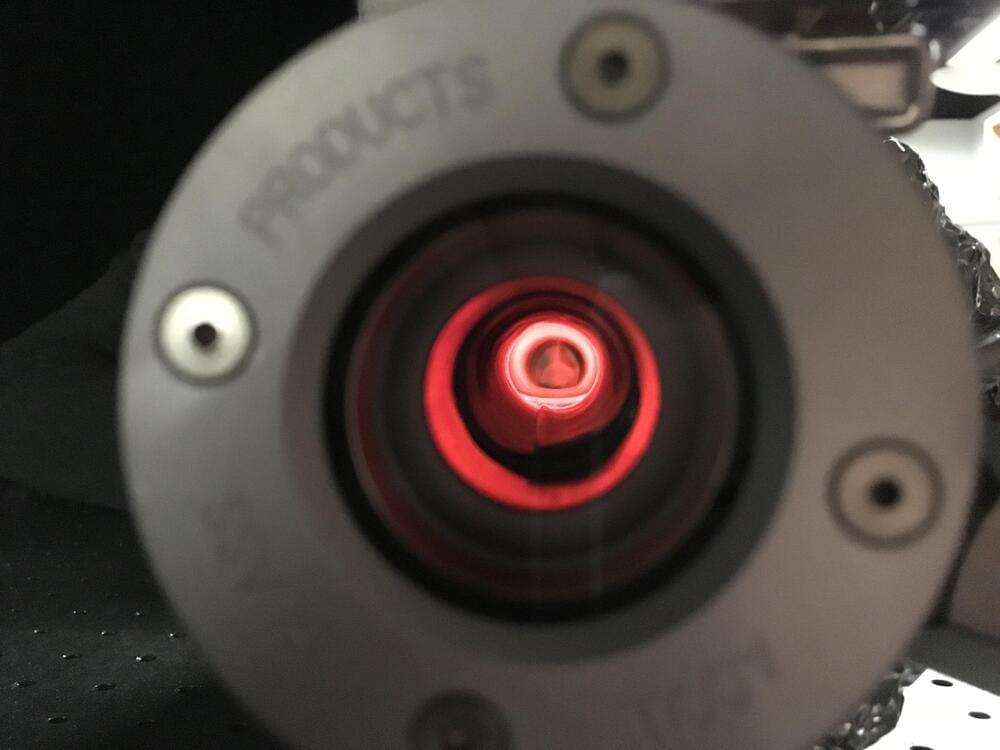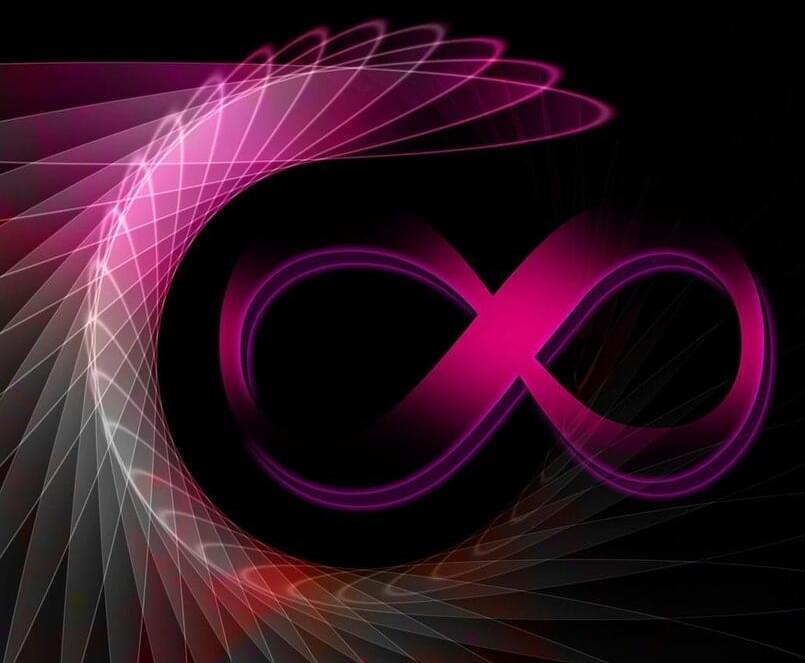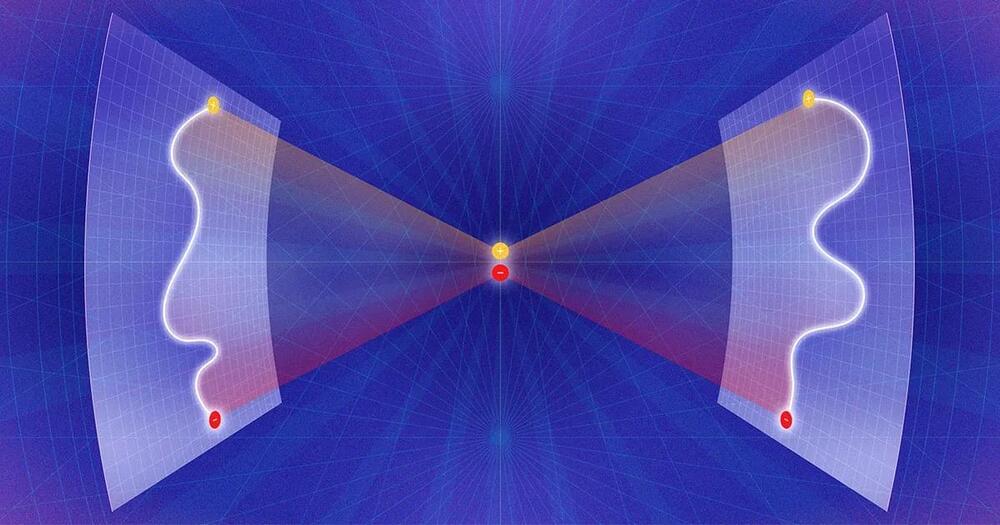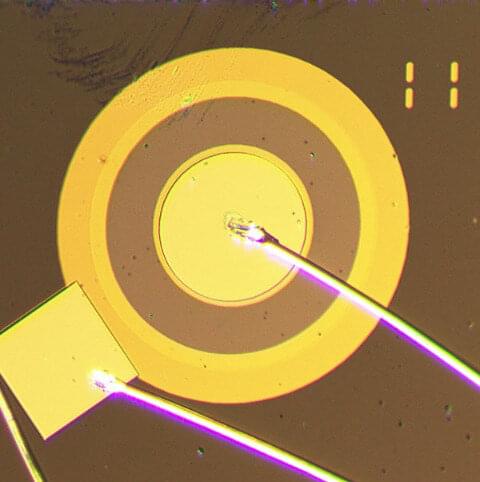A giant orbital magnetic moment exists in graphene quantum dots, according to new work by physicists at the University of California Santa Cruz in the US. As well as being of fundamental interest for studying systems with relativistic electrons – that is those travelling at near-light speeds – the work could be important for quantum information science since these moments could encode information.
Graphene, a sheet of carbon just one atom thick, has a number of unique electronic properties, many of which arise from the fact that it is a semiconductor with a zero-energy gap between its valence and conduction bands. Near where the two bands meet, the relationship between the energy and momentum of charge carriers (electrons and holes) in the material is described by the Dirac equation and resembles that of a photon, which is massless.
These bands, called Dirac cones, enable the charge carriers to travel through graphene at extremely high, “ultra-relativistic” speeds approaching that of light. This extremely high mobility means that graphene-based electronic devices such as transistors could be faster than any that exist today.
